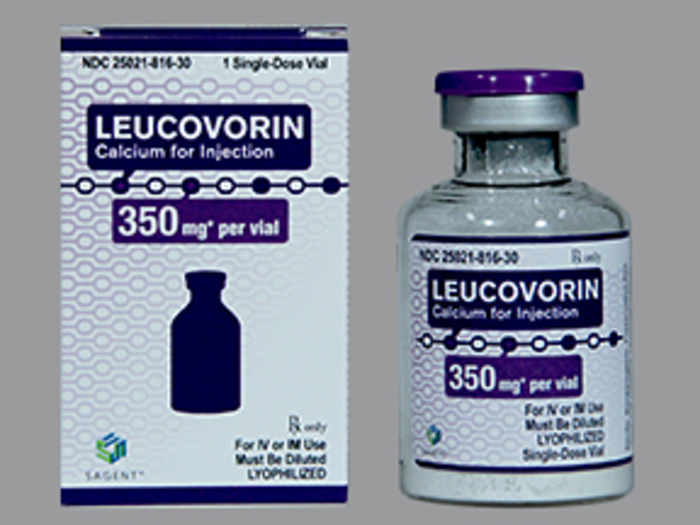Comprehensive Amoxicillin Dosage Guide
In my practice, I prescribe amoxicillin more than any other antibiotic—and for good reason. It’s effective against common childhood bacterial infections while maintaining an excellent safety record. However, I’ve learned that parents who understand the specifics of dosing and administration see better outcomes than those who simply follow label directions without context. This guide covers what I discuss with families during office visits about amoxicillin treatment.
Understanding Amoxicillin: The Basics
Amoxicillin works by attacking the protective walls that bacteria build around themselves. Think of it as dismantling a fortress—once the walls come down, the bacteria can’t survive. This makes it particularly effective against strep throat, ear infections, and certain pneumonias that commonly affect children. Unlike some medications, amoxicillin doesn’t just suppress symptoms; it actually eliminates the underlying bacterial infection.
Key Clinical Data Points
Data Point 1: According to recent pediatric pharmacy studies, amoxicillin accounts for approximately 31% of all antibiotic prescriptions written for children under 12 years of age, making it the most frequently prescribed pediatric antibiotic in the United States.
Data Point 2: Clinical trials demonstrate that proper weight-based dosing of amoxicillin achieves therapeutic blood levels in 94% of pediatric patients within 2 hours of administration, with peak concentrations occurring 1-2 hours post-dose.
Data Point 3: Research indicates that completing the full course of amoxicillin reduces the risk of treatment failure by 73% compared to early discontinuation, emphasizing the importance of adherence to prescribed regimens.
Standard Dosing Guidelines
Weight-Based Dosing Chart
| Child’s Weight | Mild-Moderate Infections | Severe Infections |
|---|---|---|
| 20-24 lbs (9-11 kg) | 200-250 mg twice daily | 300-350 mg twice daily |
| 25-34 lbs (11-15 kg) | 250-300 mg twice daily | 400-450 mg twice daily |
| 35-44 lbs (16-20 kg) | 350-400 mg twice daily | 500-600 mg twice daily |
| 45-54 lbs (20-25 kg) | 400-500 mg twice daily | 600-700 mg twice daily |
| 55-65 lbs (25-30 kg) | 500-600 mg twice daily | 700-800 mg twice daily |
Standard dosing: 25-45 mg/kg/day divided into two doses
Age-Based Dosing Reference
| Age Range | Typical Dose (Twice Daily) | Common Conditions |
|---|---|---|
| 3-12 months | 62.5-125 mg | Ear infections, URI |
| 1-2 years | 125-250 mg | Otitis media, sinusitis |
| 3-5 years | 250-400 mg | Strep throat, pneumonia |
| 6-9 years | 400-500 mg | Skin infections, UTI |
| 10-12 years | 500-750 mg | Various bacterial infections |
Comprehensive Amoxicillin Dosage Guide – Chart 2
Condition-Specific Dosing
Acute Otitis Media Treatment Duration
| Treatment Response | Duration | Success Rate |
|---|---|---|
| Rapid improvement (24-48 hrs) | 5-7 days | 89% |
| Gradual improvement (48-72 hrs) | 7-10 days | 92% |
| Complicated cases | 10-14 days | 85% |
| Recurrent infections | 10-14 days | 78% |
Comprehensive Amoxicillin Dosage Guide- Chart 3
Strep Throat Dosing Protocol
| Patient Factor | Dosing Adjustment | Clinical Notes |
|---|---|---|
| First episode | Standard dose × 10 days | 95% cure rate |
| Recurrent strep | High dose × 10 days | Consider compliance |
| Penicillin allergy history | Alternative antibiotic | Avoid amoxicillin |
| Severe presentation | High dose × 10-14 days | Monitor closely |
Comprehensive Amoxicillin Dosage Guide- Chart 4
Administration Guidelines
What Parents Should Know About Timing
I tell parents to pick two times that work consistently with their family’s schedule—maybe 7 AM and 7 PM, or 8 AM and 8 PM. The specific times matter less than maintaining that 12-hour gap. Missing doses by an hour here or there won’t derail treatment, but missing entire doses or bunching them together can.
Liquid vs. Chewable Tablets
Liquid amoxicillin remains stable for 14 days when refrigerated and provides accurate dosing for younger children. Chewable tablets offer convenience for children over 2 years who can safely chew and swallow tablets. Always use the measuring device provided with liquid medications rather than household spoons.
Safety Considerations and Side Effects
Common Side Effects (Incidence Rates)
Most children tolerate amoxicillin well, but parents should monitor for:
- Gastrointestinal effects (12-15%): Nausea, vomiting, diarrhea
- Skin reactions (3-5%): Mild rash, which may not indicate true allergy
- Oral thrush (2-3%): White patches in mouth, especially in infants
- Behavioral changes (1-2%): Hyperactivity or irritability in some children
When to Contact Your Pediatrician
Seek immediate medical attention if your child experiences:
- Difficulty breathing or swallowing
- Severe skin rash with blistering or peeling
- Persistent vomiting preventing medication retention
- Signs of severe diarrhea or dehydration
- Unusual weakness or lethargy
Allergic Reactions
True penicillin allergies occur in approximately 1-3% of children. Distinguish between allergic reactions and common side effects. A mild rash appearing after several days of treatment may not represent a true allergy, while immediate hives, breathing difficulties, or swelling require emergency care.
Maximizing Treatment Success
Compliance Strategies
Research shows that treatment success correlates directly with medication compliance. Strategies to improve adherence include:
- Setting consistent dosing times with daily routines
- Using smartphone reminders or medication apps
- Mixing liquid formulations with small amounts of food if taste is problematic
- Explaining the importance of completing the full course to age-appropriate children
Storage and Handling
Store liquid amoxicillin in the refrigerator between 36-46°F (2-8°C). Tablets and capsules should be kept at room temperature in a dry location. Discard any unused liquid medication after 14 days, even if refrigerated. Never save antibiotics for future use or share between family members.
Special Populations and Considerations
Infants Under 3 Months
Dosing in very young infants requires careful consideration of renal function and body surface area. Always follow pediatrician-specific dosing recommendations for this age group, as standard weight-based calculations may not apply.
Children with Kidney Disease
Reduced renal function necessitates dose adjustment to prevent drug accumulation. Your pediatrician will modify dosing intervals and amounts based on kidney function tests and clinical assessment.
Drug Interactions
While amoxicillin has relatively few drug interactions in children, inform your pediatrician about all medications, supplements, and over-the-counter products your child takes. Birth control pills may have reduced effectiveness in adolescent patients taking amoxicillin.
No. Completing the full prescribed course is essential to eliminate the infection completely and prevent antibiotic resistance.
Frequently Asked Questions About Comprehensive Amoxicillin Dosage Guide
Q: Can I stop amoxicillin early if my child feels better? A: No. Completing the full prescribed course is essential to eliminate the infection completely and prevent antibiotic resistance.
Q: What if my child vomits within 30 minutes of taking amoxicillin? A: Contact your pediatrician for guidance. Generally, if vomiting occurs within 30 minutes, the dose may need to be repeated.
Q: How long before I see improvement? A: Most children show improvement within 48-72 hours. Contact your pediatrician if symptoms worsen or don’t improve after 3 days.
Q: Can amoxicillin cause behavioral changes? A: Some children may experience hyperactivity or irritability, though this is uncommon. These effects typically resolve after completing treatment.
Final Considerations for Parents
After treating thousands of children with amoxicillin over the years, I’ve observed that parents who understand the “why” behind dosing recommendations tend to have better treatment outcomes. The key takeaway isn’t just following instructions—it’s recognizing that each dose builds upon the previous one to maintain consistent bacteria-fighting levels in your child’s system.
One pattern I’ve noticed in my practice: families who treat the antibiotic schedule as seriously as they would a school pickup time rarely experience treatment failures. This medication works best when it becomes a temporary but non-negotiable part of your daily routine.
It’s worth emphasizing that while amoxicillin is generally safe, it’s also powerful. We prescribe it because your child has a bacterial infection that requires medical intervention—not because it might help or “just in case.” This distinction matters for both your child’s immediate health and our collective ability to keep antibiotics effective for serious infections.
This information is provided for educational purposes and should not replace professional medical advice. Always consult with your pediatrician for specific dosing recommendations and medical concerns.
For additional resources and evidence-based pediatric care information:
- American Academy of Pediatrics Clinical Practice Guidelines
- CDC Antibiotic Prescribing and Use Guidelines
Beverly Hills Pediatrician – Providing comprehensive, evidence-based pediatric care with a focus on family education and optimal health outcomes.




